
Do you have a question about the Panasonic TH-37LRU30 and is the answer not in the manual?
| Screen Size | 37 inches |
|---|---|
| Resolution | 1920 x 1080 |
| Display Type | LCD |
| Brightness | 500 cd/m² |
| Response Time | 8 ms |
| HDMI Ports | 2 |
| Component Video Inputs | 1 |
| Composite Video Inputs | 1 |
| Aspect Ratio | 16:9 |
| Viewing Angle | 178° |
| Sound Output | 20W |
| Audio Output | 20W (10W x 2) |
| Input Ports | HDMI, Component, Composite |
Ensures reliable operation and protects the TV from overheating by maintaining adequate space.
Read and follow all instructions for safe operation, use, and maintenance of the TV.
Use shielded interface cables and follow installation instructions for continued device compliance.
Provides compliance information for specific model numbers and company details.
Warnings about furniture stability and preventing children from climbing on TVs.
Guidelines for safe installation, understanding instructions, and preventing accidental falls.
Guidelines for safe wall mounting, including using recommended mounts and professional installation.
Lists remote control, batteries, and pedestal supplied with the TV.
Details the wall-hanging bracket and its installation considerations.
Step-by-step instructions for assembling and setting up the TV pedestal.
Diagrams and instructions for connecting antenna, pin terminals, and HDMI.
Instructions on how to adjust the TV stand angle for optimal viewing.
Instructions for setting up the TV on the pedestal base and positioning.
Identifies connection ports on the side of the TV.
Identifies connection ports on the back of the TV.
Guides on connecting antennas and cable TV for reception.
Instructions for connecting devices via HDMI and component video/audio.
How to connect devices using composite, audio out, serial, and PC terminals.
Identifies indicators and sensors on the front of the TV.
Explains the functions of each button on the remote control.
Steps to power on the TV and select channels using the remote or unit buttons.
Explains audio mode, closed caption, information recall, and aspect ratio settings.
Steps to display the input select menu and choose an input source.
Instructions on using external equipment remotes for playback.
Steps to access the input menu and select the PC input source.
Detailed adjustments for PC display settings like sync, dot clock, resolution, and frequencies.
Instructions for inserting and removing SD cards from the TV slot.
How to select photos and navigate media viewing modes.
Steps to access the main menu and navigate its structure.
How to choose specific settings and adjust their values.
Explains picture settings like mode, contrast, color, and advanced options.
Covers audio settings such as bass, treble, balance, and HDMI audio input.
Configuration of timer, closed caption, energy saving, and device settings.
Settings for image viewer auto play, about info, and resetting defaults.
Steps to access the lock menu, set password, and select lock mode.
Choosing what to lock and confirming the settings.
Using V-chip to lock shows based on TV ratings and changing the password.
Steps to access the setup menu and select ANT/Cable setup.
Choosing channel scan modes and applying settings.
Selecting antenna/cable input and initiating an automatic channel scan.
Editing channel captions, adding/skipping, and checking signal strength.
Steps to access the CC menu and configure caption modes and digital settings.
Adjusting digital caption display settings like text size, font, and color.
Assigning custom names to input terminals for easier identification.
Setting audio output for specific terminals or stopping audio output.
Steps to access the Guest menu and adjust its settings.
Explanations of US and Canadian TV rating categories for parental control.
Notes on V-Chip system capabilities and potential results of blocking 'NR' programs.
Details on CC standards, aspect ratio modes, and zoom adjustments.
Information on SD card formats, handling precautions, and warning messages.
Details on HDMI connection, digital audio out, picture modes, and H size.
Lists compatible input signals and PC terminal connection details.
Troubleshooting steps for image noise, interference, and HDMI picture issues.
Solutions for remote control problems and other operational queries.
Solutions for screen problems like bright/dark spots, chaotic images, or no display.
Solutions for sound problems and other operational issues like cabinet heat.
Instructions for gently cleaning the TV display, cabinet, and pedestal.
Instructions for cleaning the power cord plug.
Details on power consumption, screen size, pixel count, and speaker output.
Lists all input/output terminals, PC signal compatibility, and physical dimensions.
Details on warranty coverage, service options, and contact information.
Explains what is not covered by the warranty and limitations.

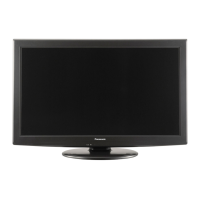
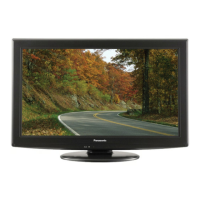


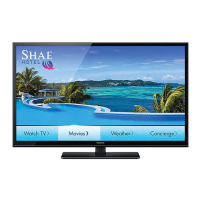
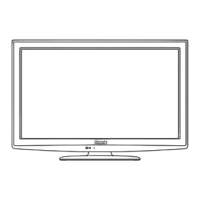

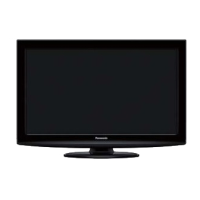



